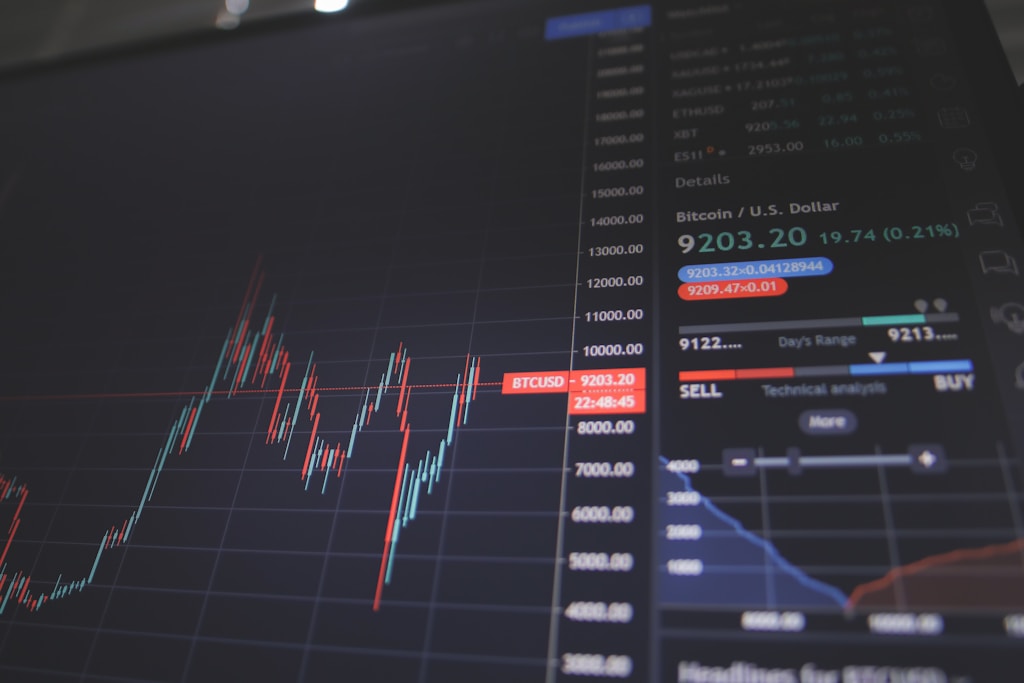Bitcoin’s recent 20% crash from January’s all-time highs has left investors on edge, with BTC now testing crucial support at $85,000. A prominent crypto analyst has identified three bearish signals that could indicate further downside ahead. Here’s what you need to know about the potential bear market signals and how to protect your portfolio.
Key Bear Market Warning Signs
Crypto trader Zero Ika has highlighted several concerning developments that could signal an impending Bitcoin price decline:
- Deceptive Price Stability – BTC’s current range between $83,000-$85,000 may appear stable but could mask underlying distribution
- Suspicious Altcoin Rallies – Isolated pumps of low-cap tokens during Bitcoin weakness often precede larger market drops
- Smart Money Distribution – Institutional investors may be using manipulated altcoin rallies as exit liquidity
Understanding the Distribution Pattern
The analysis reveals a concerning pattern where market sentiment appears increasingly bearish. Several altcoins have seen suspicious price action, including:
- 300%+ gains in coins like Fartcoin and Aergo during BTC weakness
- Mantra’s OM token experiencing a 90% pump and dump in 24 hours
- Multiple low-cap tokens showing coordinated rally patterns
Expert Analysis: Why These Signals Matter
According to Zero Ika, these manufactured rallies serve as distribution vehicles for large holders. Rather than selling Bitcoin directly and causing market panic, institutional investors are using manipulated altcoin liquidity to exit their positions more discreetly.
How to Protect Your Portfolio
Given these warning signs, investors should consider:
- Maintaining strict stop-losses
- Avoiding chasing suspicious altcoin pumps
- Focusing on high-liquidity assets
- Building cash reserves for potential buying opportunities
Frequently Asked Questions
What typically triggers a Bitcoin bear market?
Bear markets often begin with distribution patterns, declining volume, and a shift from institutional accumulation to distribution phases.
How long do crypto bear markets usually last?
Historical data shows crypto bear markets typically last 12-18 months, though each cycle can vary significantly.
What are the best strategies for surviving a bear market?
Key strategies include maintaining cash reserves, dollar-cost averaging, and focusing on projects with strong fundamentals.





